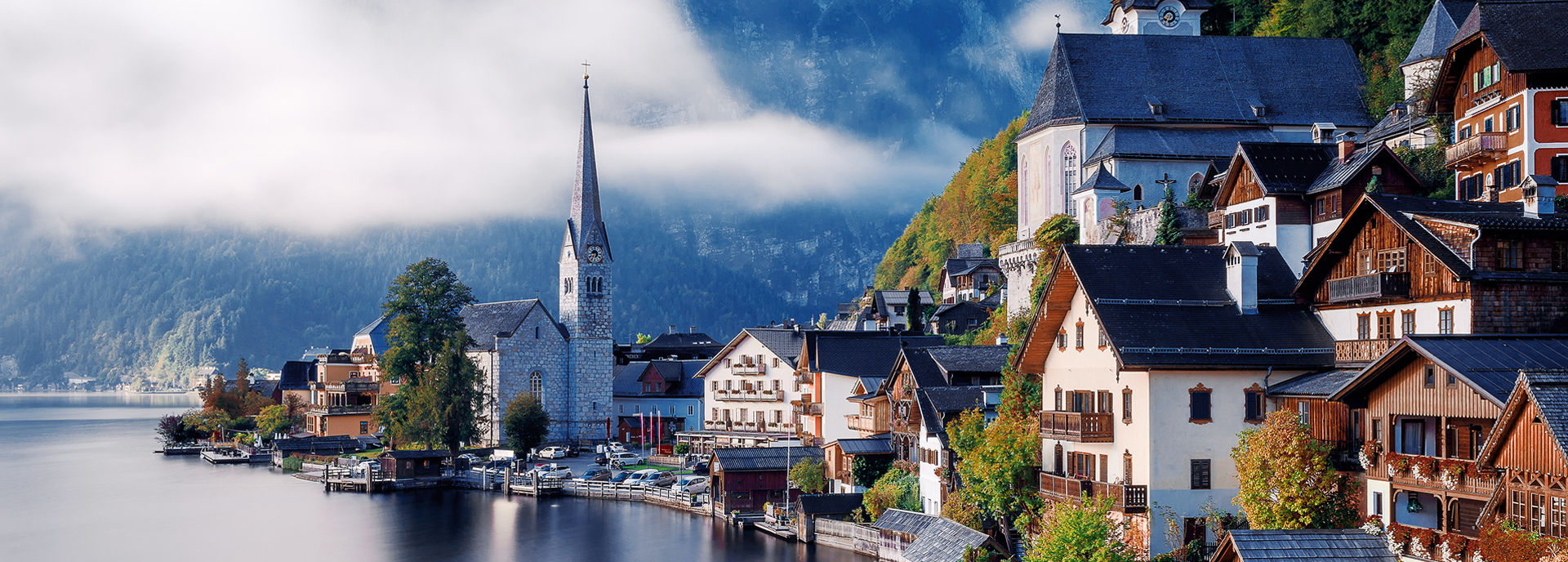
The small multiplication table of light planning for the living area
Light Planning
Especially in the planning of fixed luminaires is a furniture plan or the thoughtful placement of the furnishings a mandatory requirement to create an individual lighting solution.
It makes little sense to place a ceiling outlet in the middle of the room. The light of the lamp would otherwise be lost in the room. Air can not shine. In the living area, therefore, mainly vertical wall surfaces are illuminated. Light needs surfaces where it can be experienced.
An important aspect in the living area is the dimmability. It is the simplest form for creating changeable moods with the lighting. Many users are not familiar with the different light qualities of the different light sources . Low voltage halogen lamps are a good choice and a compromise between economy and quality of light. Halogen lamps have a brilliant light, can be dimmed and have long been available as ECO versions on the market. Of course, this also applies to the meanwhile well established LED bulbs. They are particularly efficient, durable and provide excellent light characteristics. Warm white light like a light bulb is no longer a problem for the LED modules.
In the following, we will show you some considerations regarding the arrangement of luminaires, luminaire-specific properties, planning advice for different rooms. And you get tips for supplementary electrical installation.
downlights
Downlights are planned in groups or rows. The distance between a wall-lighting downlight row and the wall should always be one third of the room height. If the cupboard and shelf are in front of the vertical wall surface, a greater distance must be planned.
A row should always be divided into equal distances, for example you start with three downlights with half the distance to the wall and ends with it. So: 1/2 distance - all distance - all distance - 1/2 distance.
Lamp recommendation : LED, low-voltage halogen
wall lights
Even with wall lights many lighting situations can be realized. Depending on the design, it is available as downlight, uplight or combined up / downlight. However, the wall lights should not be placed deeper than 1.80 m, so that direct glare is excluded. Please note: as a stationary luminaire they prevent the subsequent use of the wall surface for pictures or the placement of a cabinet.
Lamp recommendation : LED, low-voltage halogen
outdoor lighting
Outside you often use wall lights. They stage the facade and give orientation in the dark. In addition, bollard lights and illuminated light objects are used. The exterior space can be experienced by subtle outdoor lights from the inside. Outdoor sockets should therefore always be planned on terraces and balconies in order to connect mobile lights.
Recommended illuminant : LED or compact fluorescent (Note: longer start-up times in cold weather)
eat
The pendant lamp above the dining table is mandatory, because the dining area needs a pleasant atmosphere by a subtle general lighting . It can be made interesting with accent lights in the form of floor, wall or table lamps. There should be enough light at the dining table to highlight the food and to bring those present into a communicative state.
Lamp recommendation : LED, low-voltage halogen
bathroom
On the mirror you need flat light (Linestra tube, compact fluorescent) so that the face is illuminated shadow-free. Downlights are not recommended because of the shadow on the face. No downlights should be placed in the bathtub area, as these luminaires lead to direct glare when lying in the bathtub. Downlights can be placed in the corners of the room. Important: When installing luminaires in rooms with bath or shower, certain areas of protection must be taken into account.
Recommended illuminant : low-voltage halogen, LED
WC
As in the bathroom, it depends primarily on flat light on the mirror. This room is usually so small that it is sufficiently lit with one or two mirror lights.
Recommended illuminant : LED, high-voltage halogen
live
In the living area, vertical surfaces are illuminated to highlight the depth of the room. Accent lights in the form of wall lights or spotlights can emphasize individual areas. A pendant lamp can be planned above the coffee table. If standing or arched luminaires are deliberately included in the lighting concept, sockets or ground sockets must be provided. For flexible solutions on wall surfaces are busbar systems , with which the lights can be moved or replaced at any time.
Recommended illuminant : LED, low-voltage halogen
stairs
Recessed wall lights ensure orientation and safety on stairs. Installed near the steps, they provide lighting for the steps. To avoid a dark staircase, additional wall or ceiling lights should be planned. Especially the entrance and the exit of a staircase should be illuminated.
Recommended illuminant : LED, low-voltage halogen, high-voltage halogen
entrance
The entrance is a meeting place. Look for friendly welcome light through a mix of direct and indirect light. Especially here it comes down to a good face recognition without much shadow.
Recommended illuminant : low-voltage halogen, LED, high-voltage halogen
Electrical installation
Sufficient sockets for floor and table lamps should always be carefully calculated before a new building or conversion. Therefore, plan to include more circuits.